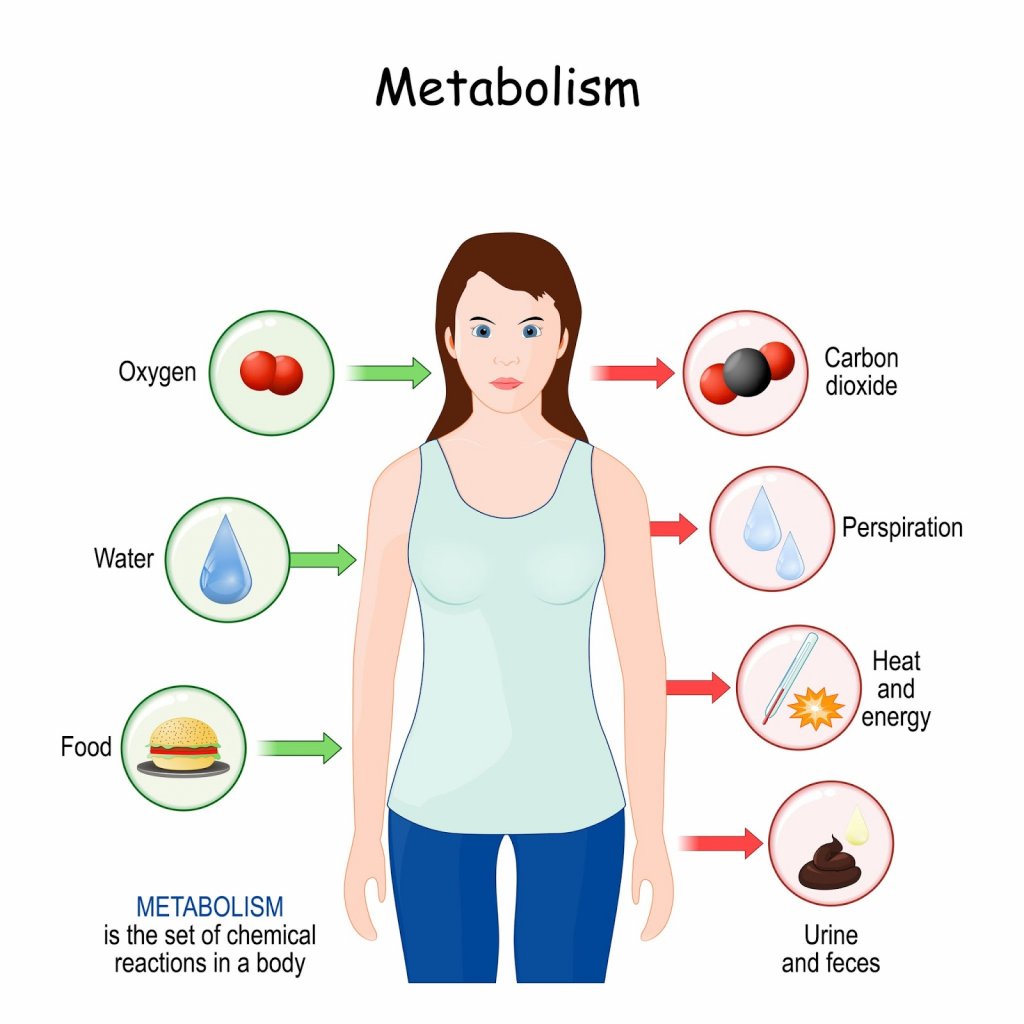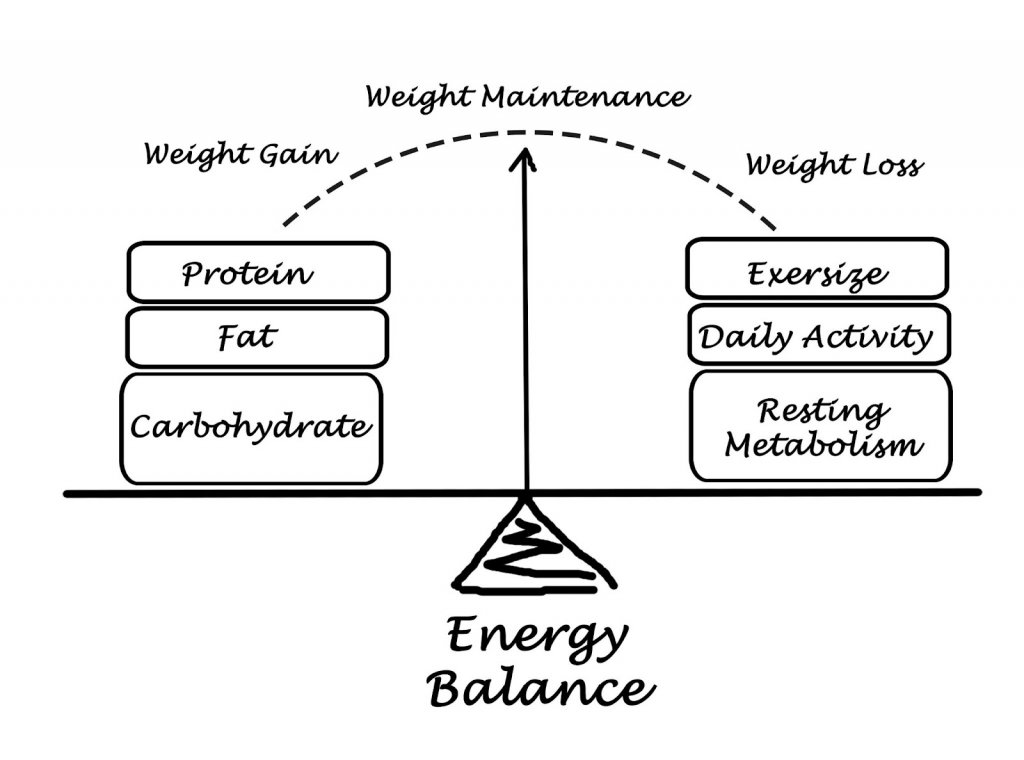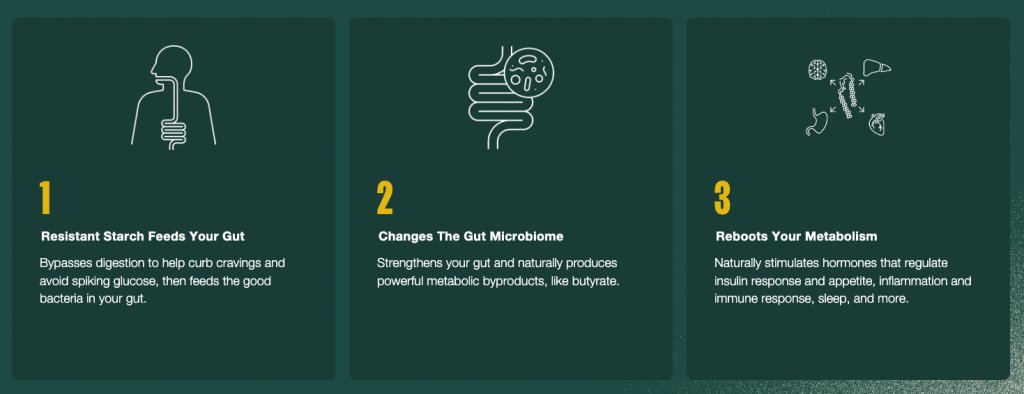Metabolism is an often misunderstood term that most people tend to associate with weight loss. But metabolism also plays a hugely important role in the overall bigger picture of your health.
In this article, we’ll cover first what metabolism is and how it works (or doesn’t). Then, we’ll dive into how resistant starch — a specific type of prebiotic fiber that “resists” digestion in your small intestine — can “reboot” your metabolism to help your body function optimally and give you more energy to function at your best.
What Is Metabolism and How Does it Work?
To simplify what can be a complicated topic, metabolism is essentially the process your body uses to convert the nutrients we consume and the air we breathe into energy.

When oxygen combines with calories, vital energy is released. And this isn’t just energy for those times you want to run a few miles or do work around the house. Your body also needs energy to do pretty much all of its behind-the-scenes maintenance work (even while you’re at rest). You know, important things like: breathing, repairing and growing cells, adjusting hormone levels, protecting from infection, and circulating blood, to name a few.
What Does Metabolism Have to Do with Weight?
Believe it or not, only in rare cases do people gain weight from a medical problem that slows metabolism, such as Cushing Syndrome or hypothyroidism.
Weight gain is generally influenced by the following energy equation:
- The amount and quality of the calories you consume versus the calories you burn
- Genetic factors
- Hormone levels
- Lifestyle habits including sleep, activity levels, and stress management, to name a few

Ultimately, you lose weight when you eat fewer calories than you burn at your basal metabolic rate. (Your basal metabolic rate is the number of calories your body needs to perform basic life-sustaining functions like breathing, blood circulation, and so on). But these two sides of the energy equation are tightly controlled. Normally when you go on a diet your metabolism slows down and your appetite increases to compensate.
So is there a way to reset your appetite and the way your body processes calories? In essence, a way to “reboot your metabolism?”
Yes. And fibers like resistant starch may be the key.
How Fibers Like Resistant Starch Can Help Reboot Your Metabolism

Resistant starch is a specific type of prebiotic dietary fiber that’s been shown through clinical studies to provide scientifically-validated health benefits through balancing the gut microbiome, including:
- Regulating appetite
- Preventing blood sugar and insulin spikes
- Maintaining an ideal weight
- Improving digestion
There are early signals in research suggesting that it may also help with:
- Enhancing energy, mood, and sleep
- Improving immunity and inflammation
Diets rich in fiber help keep everything flowing along your digestive tract. And while all types of fiber play an important role in proper digestion, some fibers like prebiotic resistant starch are especially good at improving the overall health of your gut microbiome. How and why, you ask? Well, unlike probiotics that often die in the digestive process, prebiotic resistant starch reaches and ferments in the lower gut to feed and grow the good bacteria that are already present (although maybe in low amounts) in your gut. Resistant starch is basically the food for the beneficial bacteria that live inside your digestive tract!
Studies actually show that the gut microbiome impacts nutrient metabolism and energy expenditure, and that supplementing with prebiotics may positively alter the production and secretion of hormones, neurotransmitters, and inflammatory factors, thereby regulating appetite, food intake, and preventing blood glucose and insulin spikes that lead to fat deposition in the cells and weight gain.
In plain English, when you add resistant starch to your diet, it can help curb cravings that lead to mindless snacking so you can make healthier food choices. It can also help control the way your body processes these calories in a healthier way that leads to less fat.
Here’s What Happens Inside Your Body When You Consume Resistant Starch
1. Resistant starch “resists” digestion in the small intestine, reaching and feeding the “good” bacteria in your gut.
There is a massive amount of bacteria in the gut microbiome — approximately 10 times as much as the rest of the cells in the human body. These bacteria in the gut communicate with your immune system and are involved in many metabolic and bodily processes. In fact, it really can’t be overstated how important it is to feed the “good” bacteria in your body. And prebiotic fiber like resistant starch is their ideal food. This simple yet often overlooked process may be one of the more important missing links in our understanding of nutrition!
2. Resistant starch changes the gut microbiome by producing health-improving metabolites like butyrate.
When certain gut bacteria (AKA bugs) propagate from breaking down resistant starch, they produce butyrate, a short chain fatty acid that’s a common missing nutrient in western diets. Butyrate is an incredibly powerful metabolic byproduct and has been shown to help:
- Maintain the gut barrier (or wall) by feeding gut cells
- Suppress inflammation in the gut
- Boost the immune system’s defense against disease-causing bacteria
- Reduce appetite, which can help with healthy weight management
- Maintain healthy blood sugar (glucose) levels which can help reduce risk for diabetes
3. Resistant starch stimulates hormones that improve metabolic health.
Butyrate stimulates special cells that line the lower gut (L-cells) to produce natural hormones, such as GLP-1, that regulate blood sugar and appetite. In fact, these are the same hormones used in many new diabetes and weight loss medications. Consuming resistant starch helps your body produce more butyrate and GLP-1 naturally with limited to no side effects.
The Bottom Line
Adding resistant starch to your diet can help improve your overall health across several important areas of metabolism including weight, blood sugar control, digestion, immunity, and inflammation.








